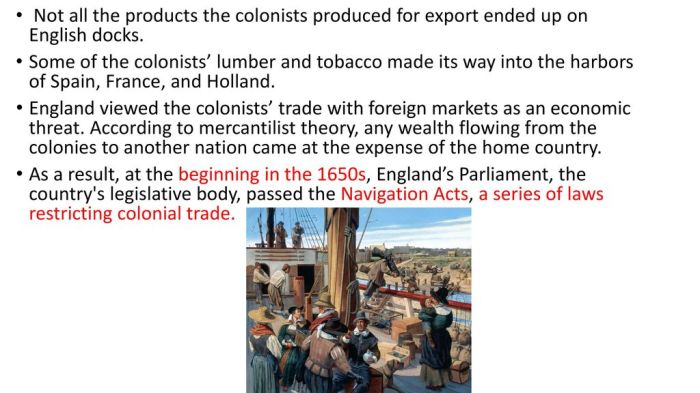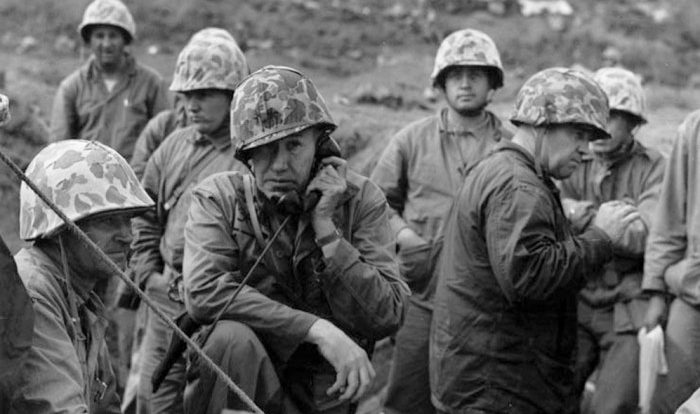The threat to some colonists crossword delves into the historical significance of threats faced by colonists during the colonial era, exploring both physical and non-physical challenges that shaped their experiences and the development of colonial societies.
From disease and conflict with Native Americans to economic hardship and psychological stress, this crossword examines the diverse threats that colonists encountered and their lasting impact on American history.
Threat to Colonists: Historical Context: Threat To Some Colonists Crossword

Threats posed significant challenges to colonists during the colonial era, shaping their experiences and the development of colonial societies. These threats ranged from physical dangers to non-physical hardships, leaving lasting impacts on individuals and communities.
Nature of Threats: Physical and Non-Physical
Colonists faced a multitude of physical threats, including environmental hazards such as extreme weather, animal attacks, and the challenges of navigating unfamiliar terrain. Warfare with Native Americans was another major physical threat, as conflicts over land, resources, and cultural differences often erupted into violence.
Non-physical threats also took their toll on colonists. Psychological stress, social isolation, and cultural clashes were common experiences. The absence of familiar support systems and the challenges of adapting to a new environment could lead to feelings of anxiety, depression, and homesickness.
Impact on Colonists: Individual and Collective, Threat to some colonists crossword
The threats faced by colonists had profound individual and collective impacts. On an individual level, colonists developed resilience, adaptability, and a sense of self-reliance as they navigated the challenges of their new environment. However, they also experienced fear, anxiety, and trauma, which could have long-lasting psychological effects.
Collectively, threats shaped the social dynamics, economic development, and political stability of colonial societies. Fortifications, alliances, and medical advancements were developed in response to physical threats, while social isolation and cultural clashes led to the formation of close-knit communities and the development of new cultural identities.
Mitigation Strategies: Colonial Responses
To mitigate the threats they faced, colonists employed various strategies. Defensive fortifications, such as stockades and forts, were built to protect against attacks from Native Americans and other threats. Alliances with Native American tribes were also formed to establish peaceful relationships and gain access to resources and knowledge.
Medical advancements, such as the development of vaccines and the establishment of hospitals, were crucial in combating diseases that posed a significant threat to colonial populations. Economic strategies, such as the establishment of trade networks and the development of new agricultural techniques, helped to mitigate economic hardships.
Legacy of Threats: Historical and Contemporary
The threats faced by colonists have left a lasting legacy on American history. The resilience and adaptability of colonists shaped the American character and contributed to the nation’s success. The challenges of immigration, settlement, and the integration of new communities continue to resonate with the experiences of colonists, highlighting the enduring relevance of these threats.
FAQ Guide
What were some of the most common physical threats faced by colonists?
Environmental hazards, animal attacks, and warfare were among the most prevalent physical threats encountered by colonists.
How did colonists mitigate the threats they faced?
Colonists employed various strategies to mitigate threats, including defensive fortifications, alliances with Native Americans, and medical advancements.
What was the lasting impact of threats on colonial societies?
Threats had a profound impact on colonial societies, leading to changes in social dynamics, economic development, and political stability.



